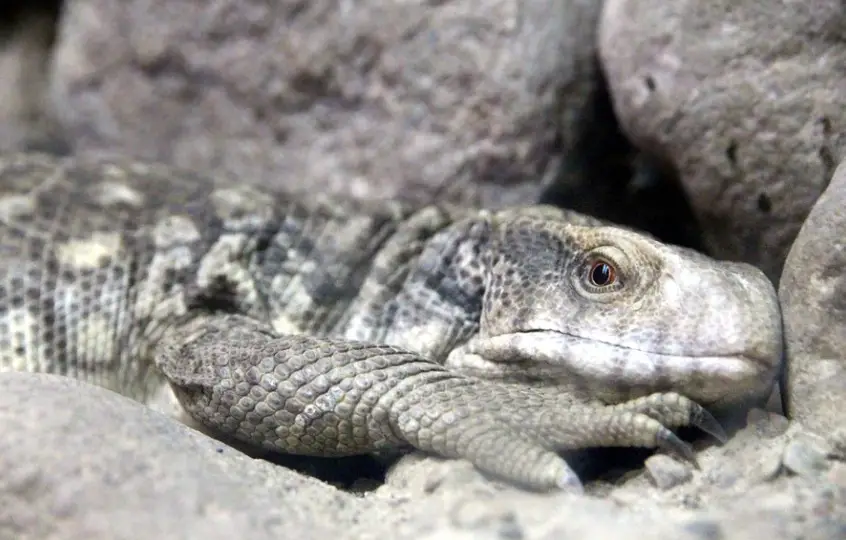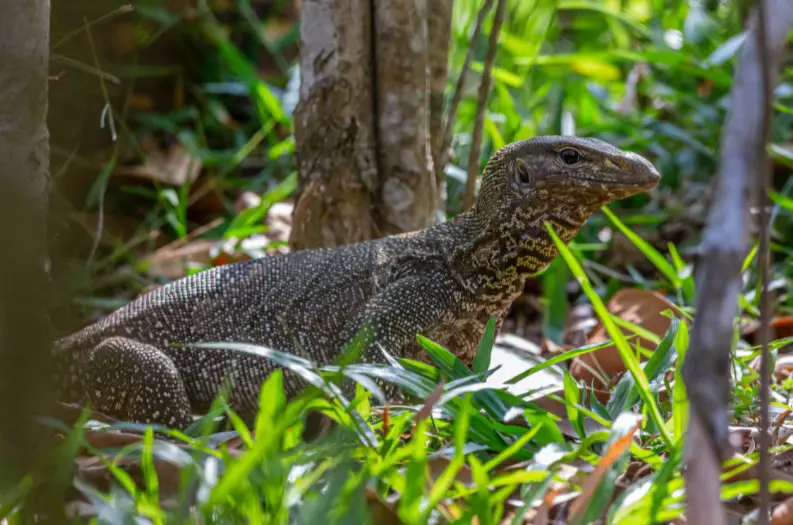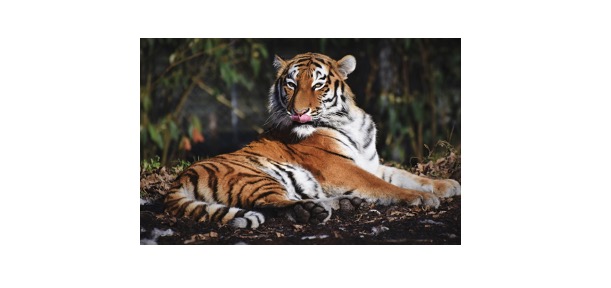Table of Contents
Savannah Monitor: All You Need To Know
The Savannah monitor is a medium-sized carnivorous reptile which belongs to the kingdom of Animalia, phylum Chordata, and class Reptilia. Its genus is Varanus and its species is Varanus exanthematicus. Its length is 1.8 m and it weighs 1 to 70 kg. It lives in grasslands and savannahs in eastern and southern Africa, with a lifespan of 8 to 13 years.

Savannah Monitor Description
The savannah monitor (Varanus exanthematicus) is a medium-sized reptile found over most of Africa south of the Sahara desert. These lizards are tough as nails. They have strong limbs that are utilised for burrowing. They also have strong jaws and blunt peg-like teeth, which aid in the crushing of their prey. There are five subspecies, which explains why these creatures’ length and weight can vary so considerably.

The scales of these lizards are big and grey, with yellow or light brown patterns. Their tongue is bright blue and forked. Savannah lizards are carnivores that eat small mammals, snakes, birds, beetles, snails, eggs, and other lizards. Like their name suggests, savannah monitors are usually found in savannah or grassland areas.
They also live in rocky, semi-arid habitats, open forest, and woodlands. These giant lizards are primarily ground-dwelling and can dig burrows to measure in. They are excellent diggers. Savannah monitors also are good climbers and are sometimes found in bushes or low hanging trees.

Savannah lizards spend the majority of their time hunting or sunbathing. They are solitary creatures with strong territorial instincts. Males are often especially aggressive and can defend their territory by hissing and banging their tail on the bottom . If their opponents refuse to go away, these lizards will attempt to chase them away and aren’t afraid to wrestle and bite them to guard their territory.
When they are threatened by predators, they hiss and bang their tail on the ground. If this strategy fails, the lizards will go to sleep. Males will pursue females until they are ready to mate during the breeding season. The female lays 20 to 50 eggs, which she buries in a hole made by her or in a termite mound.
During the months of March and April, the eggs hatch. The hatchlings are about 4.7 in (12 cm) long and a third of an ounce in weight (10 grams). These lizards grow extremely quickly during the first few months. Some snakes, birds, and humans hunt and eat Savannah monitor lizards. They will be hunted not just for their flesh, but also for their hides. These creatures are also employed in traditional medicine and are transported to be sold as pets.
Fun Facts About Savannah Monitor!
This big carnivore has long piqued biologists’ interest, and it has been the focus of a slew of research investigations aimed at figuring out how it survives in its natural habitat. Researchers have discovered a number of biological adaptations that serve as excellent illustrations of a variety of biological principles, some of which are yet unknown. Let’s look at it more.
Savannah Monitor Breathing
Mammals breathe in a tidal flow pattern, much like you and me. This implies that humans breathe in oxygen-rich air and exhale oxygen-depleted air, with air flowing in both ways through the lungs’ different compartments. Birds breathe using a distinct system that allows them to obtain oxygen from both breathing and exhaling by moving air in one direction through the lungs.
Previously, it was assumed that monitor lizards breathed in a tidal flow pattern similar to mammals, but researchers have discovered that their lung architecture is intermediate between mammals and birds. The lungs of Savannah monitor lizards are built around a long branchial tube that leads to a large sac.
A large number of smaller tubes branch off from the main tube and guide air into small chambers. These rooms contain openings in their walls, allowing air to pass from one to the next. The airflow in some of the chambers was bidirectional, like that of mammals, going in and out, while in others, it was unidirectional, like that of birds.
It’s a one-of-a-kind design that’s half bird, half animal. This study is very new, and it is presently unknown why Savannah monitors breathe in this manner. It will be fascinating to observe how this biological adaption affects savannah monitors when additional study is done.
Feast and Fast
These lizards are diurnal, meaning they’re most active during the day. These animals are sedentary and do not feed during the winter months, so their feeding cycle is known as “feast and famine.” The wet season lasts eight months, and there is enough food throughout this period. Savannah monitor lizards gorge themselves during this period, storing fat stores.
They gorge themselves to the point that they can devour 10% of their body weight in a single day! During the dry season, when food is limited, they lay dormant and rely on their fat reserves for survival. Fat is stored in two organs in the lizard’s belly, as well as in the lizard’s enormous tail.
Savannah Monitor Eating Adaptations
Savannah monitor lizards have a strong jaw and blunt teeth. The rear teeth of the jaw provide the most leverage, allowing them to break the shells of some of the prey species they consume, such as snails. Poisonous millipedes have also evolved a mechanism to be eaten by these reptiles.
When the lizard finds a millipede, it will rub its chin against its body for up as 15 minutes before devouring it. This is said to be done by the lizards to cause the millipedes to produce a fluid that they employ in their defence systems. The lizards can devour the millipedes once the liquid supply has run out.
Savannah Monitor Citations
- Unidirectional pulmonary airflow patterns in the savannah monitor lizard. Nature . 2014 Feb 20;506(7488):367-70.
- Breathing with floating ribs: XROMM analysis of lung ventilation in savannah monitor lizards. J Exp Biol . 2018 Nov 16;221(Pt 22):jeb189449.
- The roles of joint tissues and jaw muscles in palatal biomechanics of the savannah monitor ( Varanus exanthematicus) and their significance for cranial kinesis. J Exp Biol . 2019 Sep 18;222(Pt 18):jeb201459.
- Computational Fluid Dynamics Reveals a Unique Net Unidirectional Pattern of Pulmonary Airflow in the Savannah Monitor Lizard (Varanus exanthematicus). Anat Rec (Hoboken) . 2020 Jul;303(7):1768-1791.







